Basic Requirements and Procedures for self-testing of COVID-19 Antigens 发布时间:2022-04-04
With the support of the 25 million citizens, we have the confidence and determination to win the battle against the pandemic. —Ma Chunlei, secretary-general of the Shanghai government
Basic Requirements and Procedures for self-testing of COVID-19 Antigens
According to the Municipal Health Commission, antigen detection is generally used in the acute infection period, that is, the detection of samples within 7 days of the symptoms of suspected people. Suspected people with both positive and negative antigen results should undergo further nucleic acid testing. Positive results can be used for early screening and rapid management of suspected populations, but cannot be used as the basis for the diagnosis of COVID-19 infection. The basic requirements and operating procedures of self-testing are detailed here↓
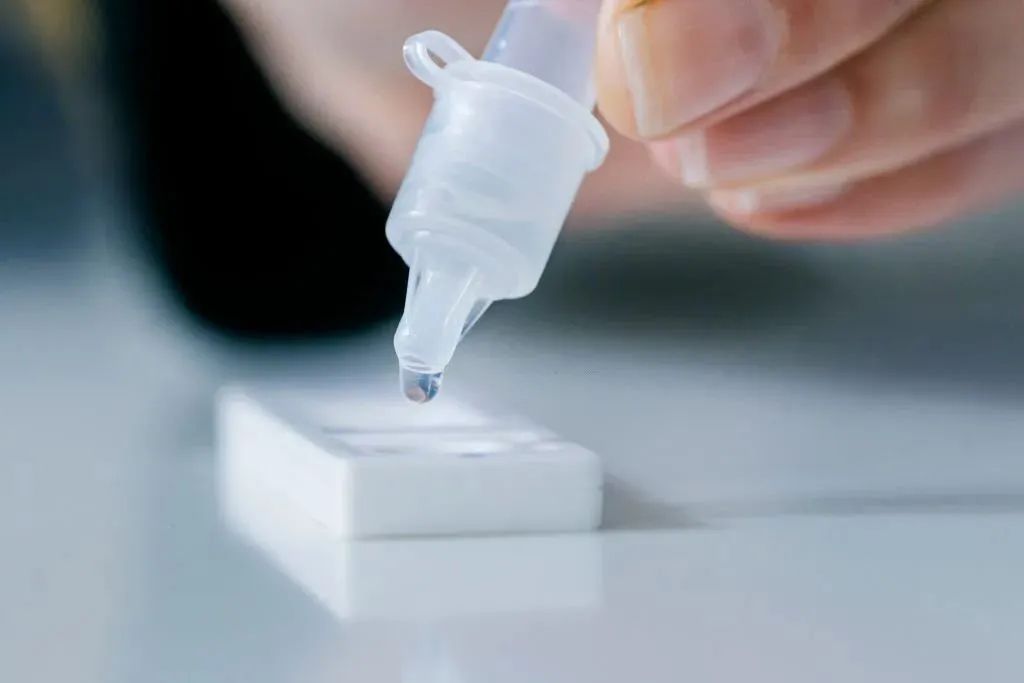
Basic requirements for self-testing of COVID-19 antigens
1. Applicable people
The self-test of theCOVID-19 antigen (hereinafter referred to as the antigen) is suitable for people who go to primary medical and health institutions and have symptoms such as respiratory tract and fever and have symptoms within 5 days; it is also suitable for quarantine observation personnel and community residents. Among them, people in home isolation, close contact and sub-close contact, entry isolation observation, closed control area and control area should conduct antigen self-tests under the organization and management of relevant management departments.
2. Instructions for self-test
Antigen detection is generally used in the acute infection period, that is, the detection of samples within 7 days of the symptoms of suspected people. Suspected people with both positive and negative antigen results should undergo further nucleic acid testing. Positive results can be used for early screening and rapid management of suspected populations, but cannot be used as the basis for the diagnosis of COVID-19 infection. The selected antigen detection reagents must be approved by the National Medical Products Administration.
Antigen Self-test Procedure
COVID-19 Antigen Self-testing Kit Instruction(English)
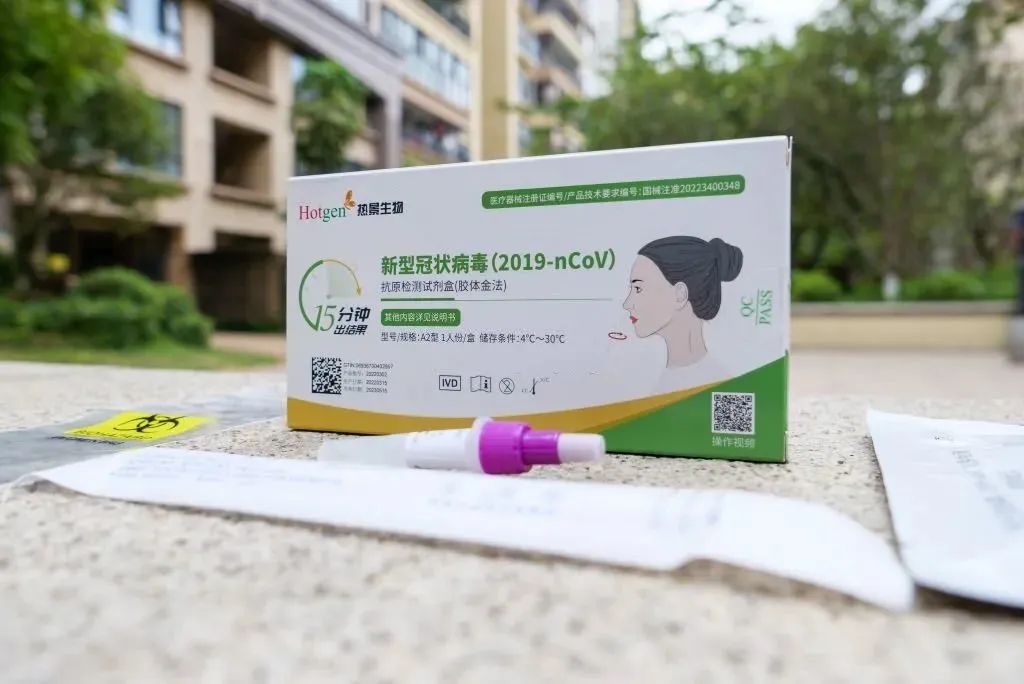
Ⅰ. Preparations before using the antigen self-test kit
1. Wash your hands. Clean your hands with running water or disinfectant.
2. Learn how to use the kit. Carefully read the instructions and notices of the kit.
3. Check the kit. Make sure that the reagents are within the expiration date and all the equipment inside, such as nasal swabs, sampling tubes, test cards, etc., are complete and unbroken. If not so, change to a new kit.
4. Check the test kit's requirements for the environmental temperature and humidity. Usually, colloidal-gold test strips require a temperature between 14℃ - 30℃. Excessively cold, hot or humid environments should be avoided to ensure correct test results. When removed from the package, the antigen test cards should be placed in a flat and clean place.
Ⅱ. Sample collection
1. The users aged above 14 years old may take their samples themselves. Please blow your nose to clear mucus before performing a self-test. Unpack the nasal swab carefully without touching the swab head with your hands. Tilt your head back slightly, hold the end of the swab, put it into one nostril slowly by 1 to 1.5 cm along the bottom and rotate the swab at least 4 times against the nasal cavity (for at least 15 seconds). Then repeat the procedures in the other nostril using the same swab.
2. The samples of the users aged between 2 and 14 years old should be taken by adults. The young users should blow their noses to clear mucus and tilt their heads back slightly. The adult who helps take the samples should unpack the nasal swab carefully without touching the swab head with their hands, keep one hand on the user's head gently, put the swab into one nostril of the user slowly by 1 cm along the bottom and rotate the swab for at least 4 times against the user's nasal cavity (for at least 15 seconds). Then the adult repeats the procedures in the other nostril of the user using the same swab.
Ⅲ. Antigen test
1. After taking the sample, put the nasal swab immediately in the sampling tube in accordance with the instructions. The swab head should be swirled in the preserving solution for at least 30 seconds and squeezed by hand inside the tube at least 5 times to ensure a full elution of the sample in the sampling tube.
2. Throw away the swab after squeezing it by hand inside the tube. After capping the sampling tube, dribble the solution vertically into the sample hole of the test card.
3. Wait for a certain period of time as required by the instructions and then read the results.
Positive result: Red or purple bands are shown at both “C” and “T” whether the color of the band at “T” is dark or light.
Negative result: A red or purple band is shown at “C” and no band at “T.”
Invalid result: No red or purple band is shown at “C” whether there is a band at “T” or not. It means the result is invalid and a new test should be taken with a new test strip.
With antigen self-test, do I still need nucleic acid test?
Nucleic acid testing is the basis for the diagnosis of COVID-19 infection. In the process of nucleic acid test confirmation, if the nucleic acid test is positive, regardless of whether the antigen test result is positive or negative, corresponding measures will be taken according to the COVID-19 infection or confirmed COVID-19 patient; if the nucleic acid test is negative but the antigen test is positive, it will be deemed as COVID-19 infection and certain measures such as centralized isolation, close observation, and continuous nucleic acid testing will be taken.
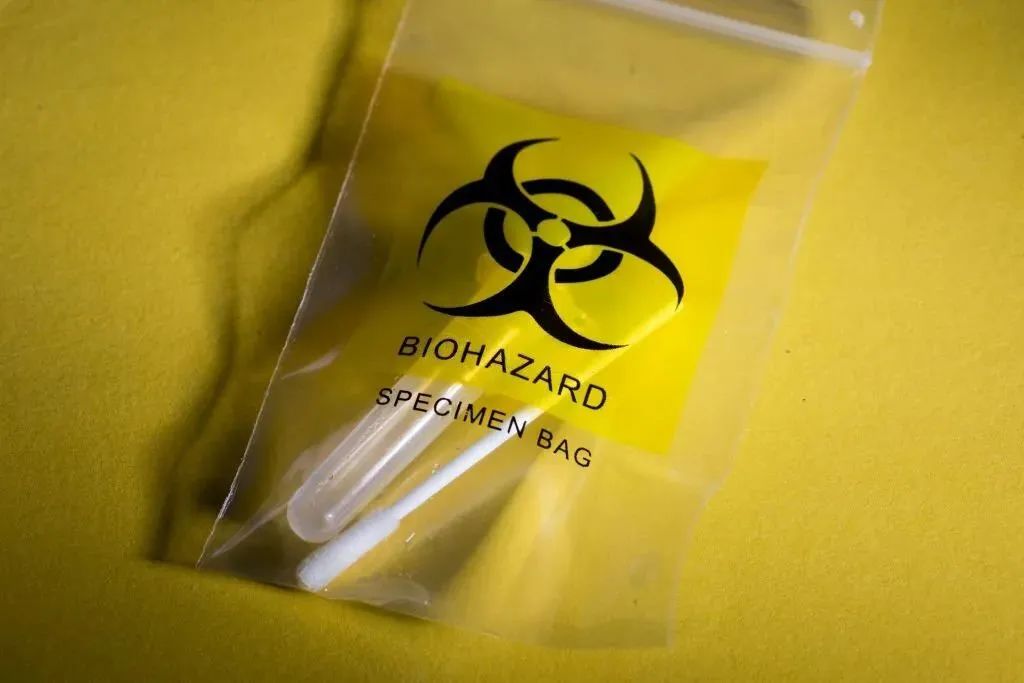
Ⅳ. Waste disposal
1. For the quarantined people: Whether the results are negative or positive, all the used equipment such as the sampling swabs, tubes and test cards, should be put in sealed bags and disposed of by the professionals as medical waste or in accordance with the relevant procedures.
2. For the community residents: If the test result is negative, all the used equipment such as sampling swabs, tubes and test cards, should be put in sealed bags and disposed of as general waste. In the case of a positive result, the sealed waste should be given to the hospital that comes to pick up the person and disposed of as medical waste.
‘All-in-one’ solution to protect all of us
Changning has given full play to the important role of “all-in-one” platform in urban management and created an invisible but very powerful protective intelligence network to promote the progress of epidemiological investigation, community closed-loop management and nucleic acid sampling in the district, and “escort” the grassroots staff fighting in the front line of anti-pandemic.

Emergency tasks are being handled in real time while all sorts of information and data are instantly monitored to ensure the safe and orderly operation of the district.
In addition, on March 25, the district urban transportation center’s 24-hour service hotline (60715191) was announced.
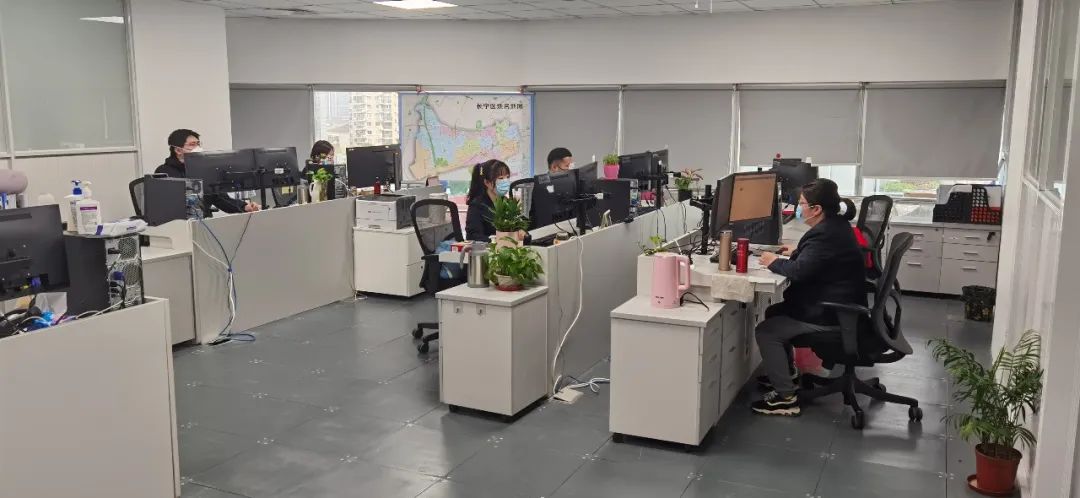
The district urban transportation center also integrated and launched a convenient access system with multiple functions such as “facial recognition + human body temperature measurement + health code verification + vaccination + nucleic acid sampling + electronic license” which was on a test run at the entrances and exits of some public service places in the district.
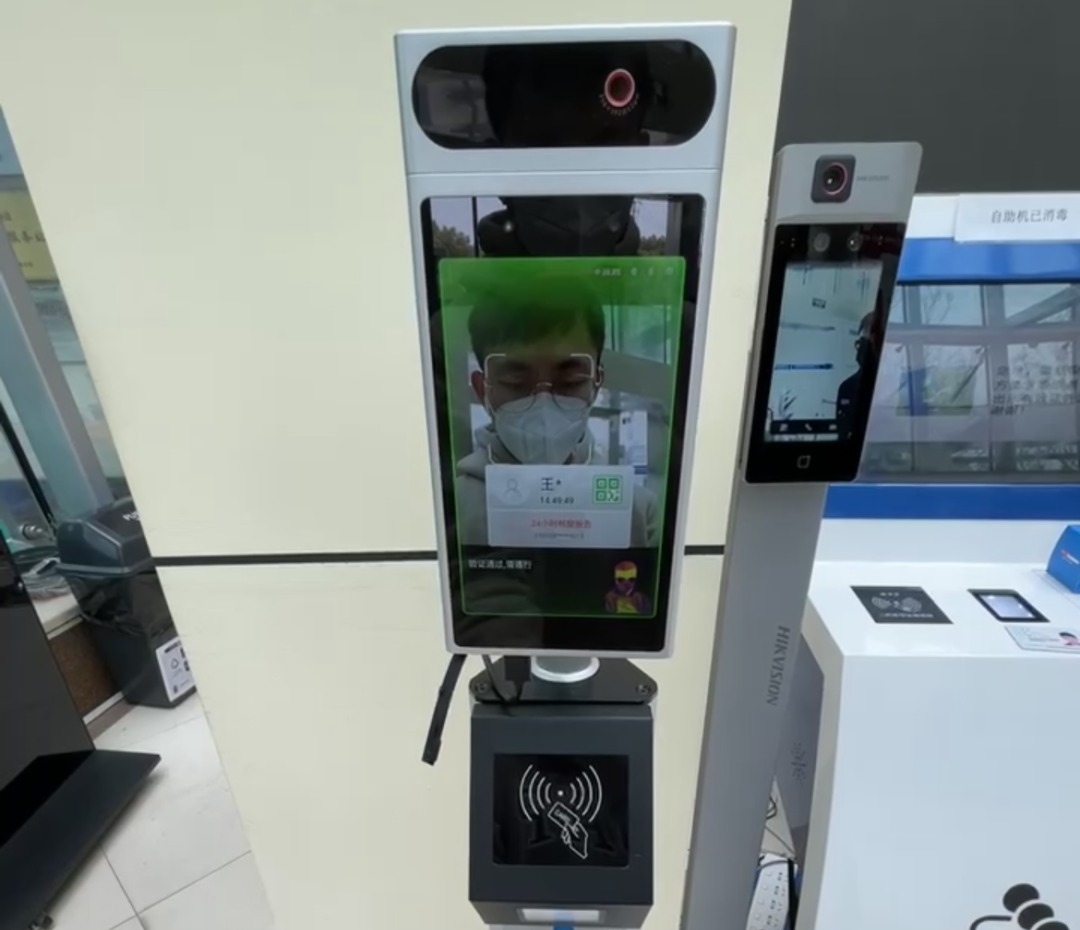
In the next stage, the system will cover residential compounds, local markets, office buildings and more scenarios.
Expat volunteers adhere to the frontline
Expats and local residents joined together as volunteers to protect their home, a residential compound at Jinzhong Road amid the Omicron surge.
“Jianhe Jiayuan” homes more than 3,700 people including 110 from overseas.
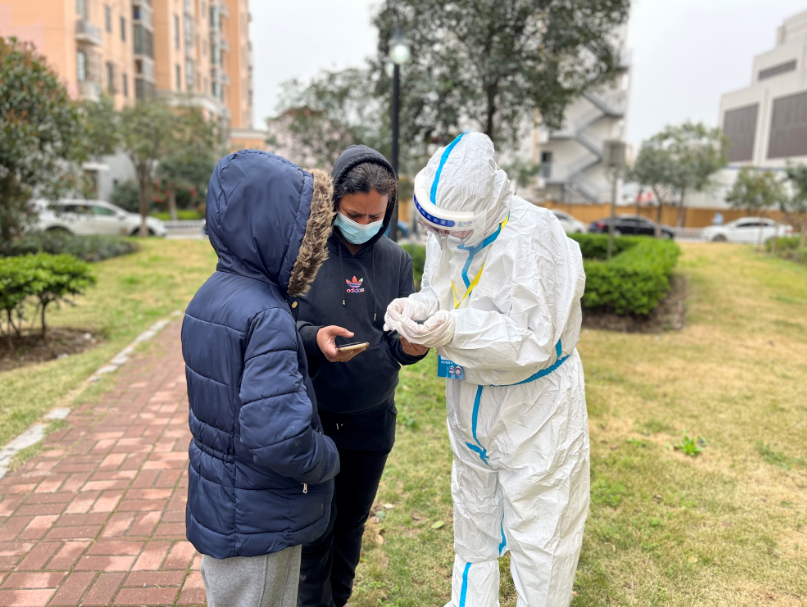
Expat volunteers translated government notices in different languages to help their neighbors and inform other expats who live here in nucleic acid sampling and home quarantine.
At the same time, some foreign-funded companies nearby provided residents here with fresh vegetables and other necessities in urgent need during closed-loop management.
Lockdown notice in multiple languages
Hongqiao Road police station customized a lockdown management notice printed in Chinese, English, Japanese and other languages in advance, and distributed it door-to-door to inform foreign residents in the jurisdiction.
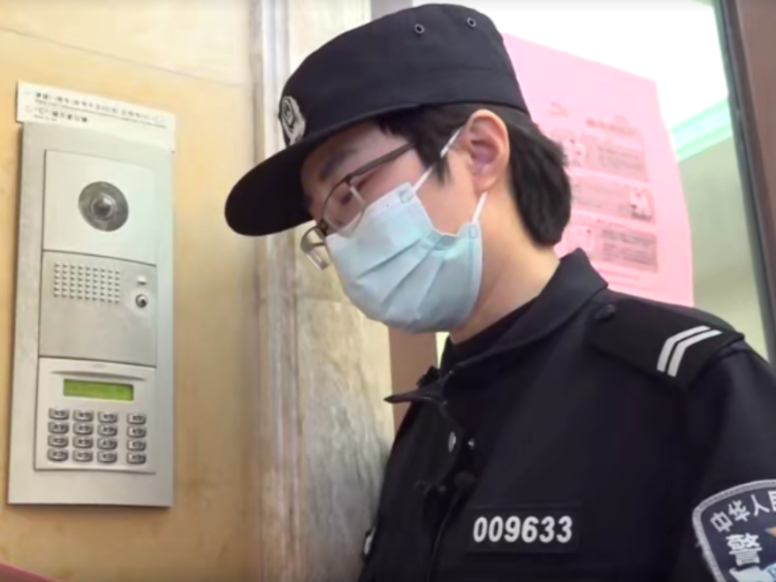
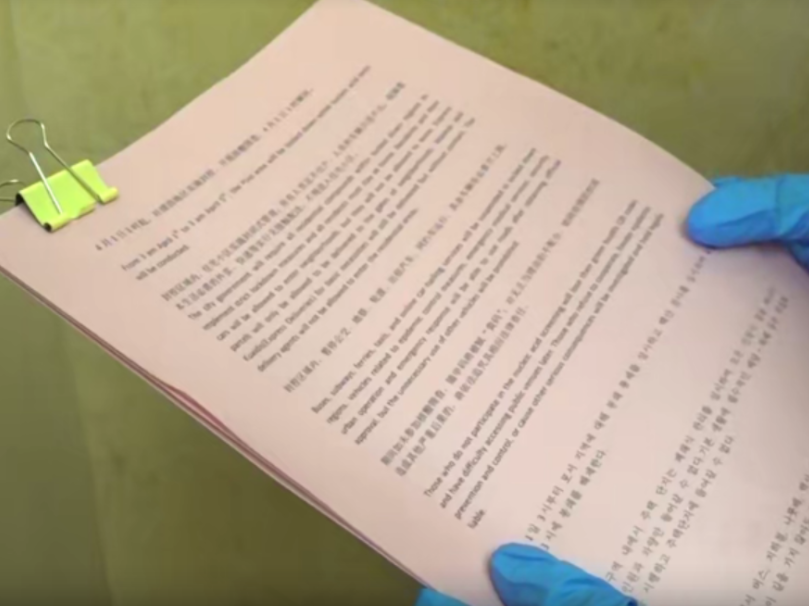
“The contents of the notice are closely related to each household, including the specific time of lockdown, the implementation of lockdown management measures in the residential community, the suspension of public transport, subway and other transportation facilities, the consequences of not participating in nucleic acid screening, the contact method between the neighborhood committee and the police, etc.,” according to the police station.

Moreover, the police also reminded the foreign residents that they could prepare some necessary items for daily life in advance. If they need to take medical treatment or have life difficulties, they can also contact the neighborhood committee or the police in time.
District operating normally in citywide lockdown
On the first day of lockdown, Changning was in good order. Volunteers and community workers were in position while residents accepted the first round the PCR test since April.
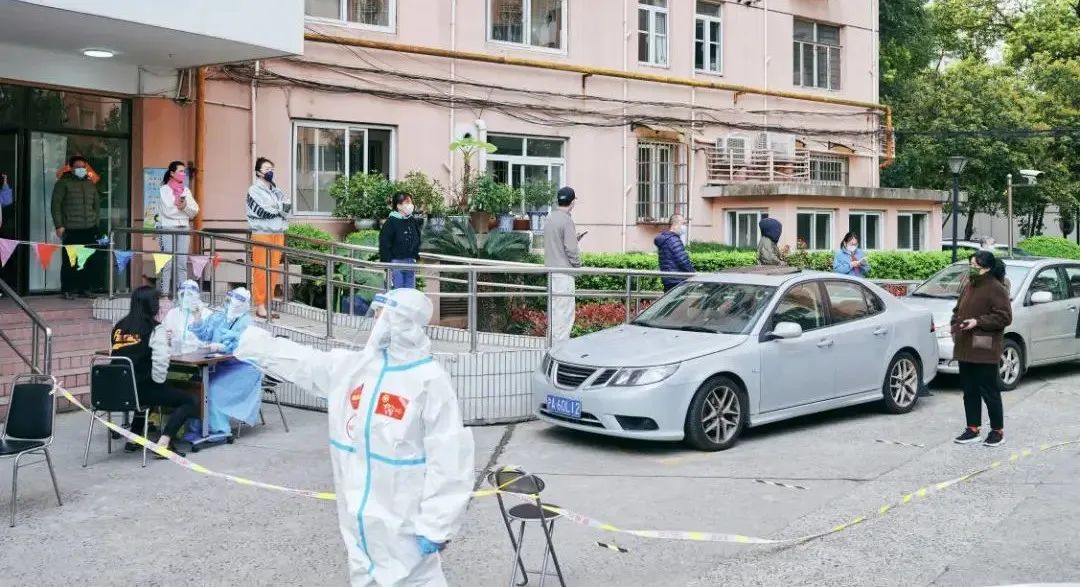
Areas in Puxi were put under lockdown from 3am on April 1 for polymerase chain reaction testing.
The operation of all Metro lines and stations in Puxi were suspended during the lockdown. All bus lines in Puxi, apart from the airport shuttle buses, were suspended also.
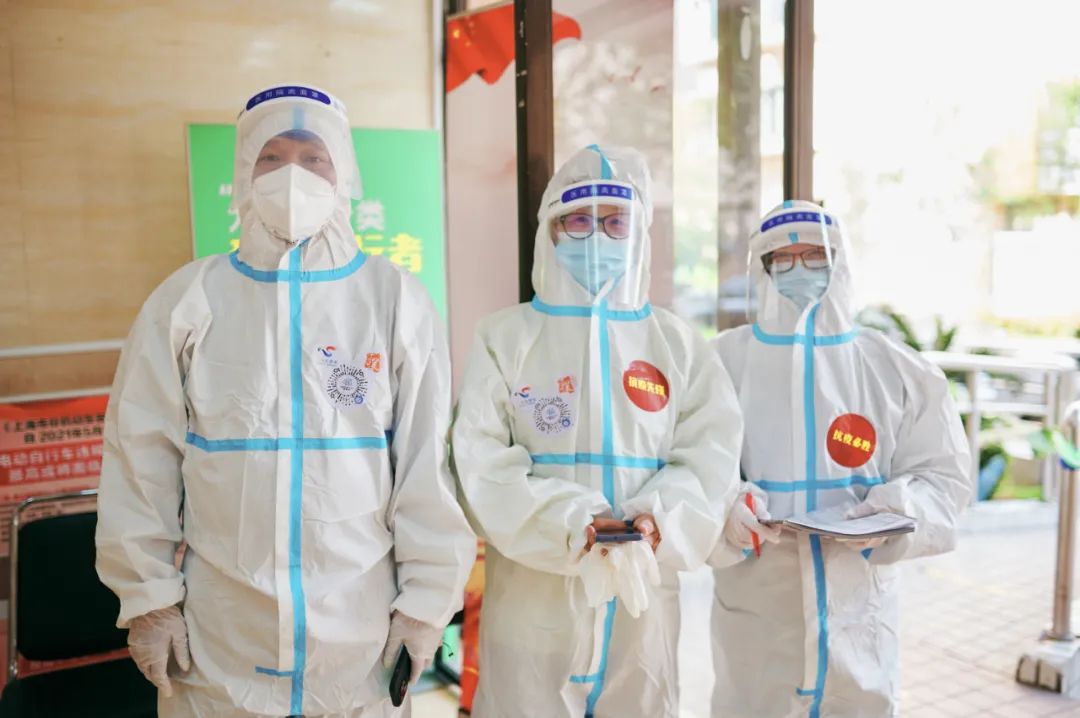
The lockdown was initially imposed to do nucleic acid testing on the Pudong New Area, Fengxian, Jinshan and Chongming districts as well as parts of Minhang and Songjiang districts.
Editor:Li Xinran Shanghai Daily